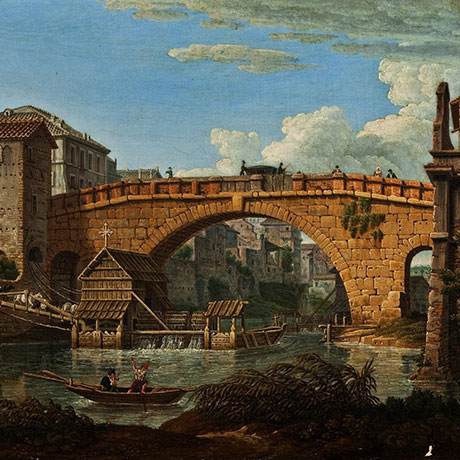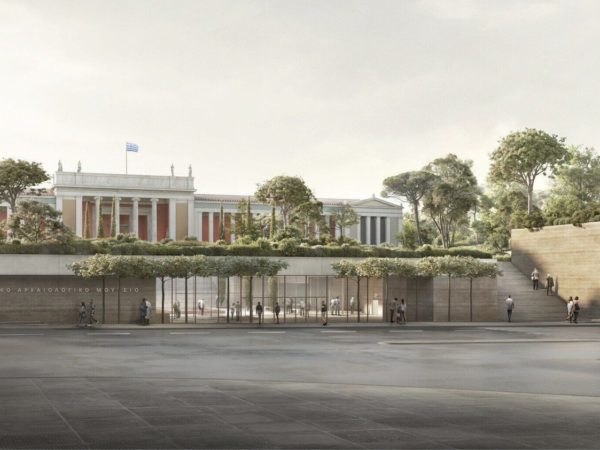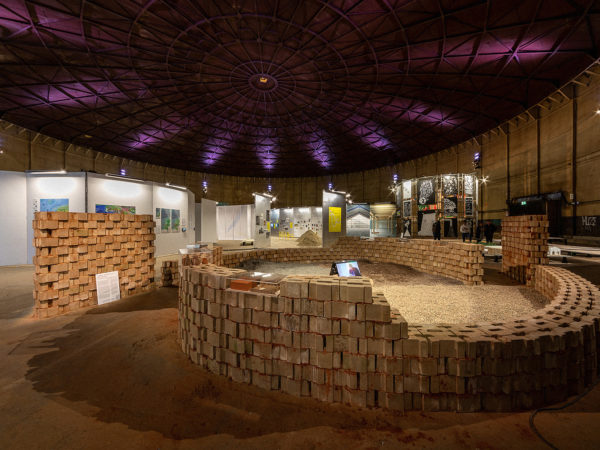Since the dawn of civilization, humans have been building structures for centuries. With time we learned and evolved our practices to construct complex edifices.
Before the introduction of arches as an architectural element, its design had been in existence as part of natural selection like The Delicate natural arch in Utah or as a consequence of human bipedalism that helped to achieve the development of the arched foot that absorbs tensile stress, provides stabilization and divides weight equally. The incredible design was adopted by early architects to build ancient structures that eventually grew, recreated & reformed into variants of shapes and sizes throughout different eras that largely flourished during Ancient Persian & Roman empires.
An arch is a curved structure that vertically spans an elevated space, initially used for underground structures such as drains or sewers in ancient near east during the bronze age. Based on the different shapes it can be broadly categorized as circular, pointed, and parabolic. Combination of these simple categories give rise to further schools of classifications inculcating intricate designs and further complex structures like vaults, arcades, and domes executed on various religious, cultural & administrative & historical monuments.
Arches primordially appeared as a mud brick masonry and later stone in Mesopotamia – a centre of religious and cultural exchange. Nippur arch in Iraq, Tell Taya and Heft Teppe in Iran, Canaanite city gates and Tel Dan in Israel are the classic long standing traditional structures (c.4000-c. 1500 B.C.). Ancient Persian and Roman empires succeeded and patronised Arches that thrived immensely. Advancement in technology and understanding of the mechanics of materials allowed the builders to experiment with various monumental designs like Vaults (aka Iwans in Persia), arcades and ultimately domes commissioned after the advent of Islam and Christianity. Some marked great history and rest were dusted away.
Triumph and segmented arches are two monumental benchmarks that emerged under Roman Architecture. The Triumphal arch was introduced as a military monument. The Arch of Constantinewas built to commemorate the emperor Constantine’s victory over Maxentius in 312 A.D. The architectural design of India gate is also a pristine example of Triumph arch.
Whereas Segmented arches were built for bridges by using incomplete semi-circle such as Ponte San Lorenzo is a Roman bridge over the river Bacchiglione in Padua, Italy.
Greece-remains stayed maroon with A-frame configuration corbelled arch (not true arch). India’s rich and diverse heritage is abundant with arches varying in styles starting from Harappan burial mounts, Buddhist monuments, Gupta Empire temples, Royal Palaces, Islamic architecture to European-style architecture.
Islamic Conquest followed by colonialism later, contributed startling architectural jewels in India that made arches gain prominence in India. The beginning of Early European Architecture is marked by popular Gothic style or Ogive arches.
IIM Ahmedabad complex’s distinctive features are the numerous arches, and square brick structures with circles carved out in the façade. The IIM Ahmedabad old campus was designed by Louis I. Kahn, who was an exponent of exposed-brick architecture, with the help of B.V. Doshi and Anant Raje.
Arches had and till date have been an integral part of architecture and masonry globally. The Historic Grand Hall, a 130-year-old building inside The National Building Museum in Washington D.C has been recently renovated and reopened. The red bricked Renaissance architecture has been revived by adding traditional round arches over the existing structure which makes us recall one of the etchings by an Italian artist Giovanni Battista Piranesi ‘Section of Basilica di S. Paolo fuori delle Mura’. Giovanni was a classical archaeologist and an architect from the Neoclassicism movement.
The paradigm shift will always allow the conventional arches to re-emerge and expand across time and space analogous to advancing material and technology, drawing inspiration from past knowledge.
Text by Davangi Pathak
Image Courtesy: Thorvaldsens Museum Collections, Wikimedia Commons, Wellesley College, Margaret Clapp Library, Reinhard Friedrich, DAI Madrid
Find more about the Architectures, Architects and Art History:
https://link.springer.com/content/pdf/10.1007/s00004-006-0014-x.pdf
https://built-in-art.com/dictionary/arches_2.php
https://www.worldhistory.org/Triumphal_Arch/
http://omeka.wellesley.edu/piranesi-rome/exhibits/show/arch-for-constantine/17th-century
https://www.archdaily.com/797766/ad-classics-royal-basilica-of-saint-denis-abbot-suger
https://www.mdpi.com/2076-0752/7/3/35/htm











